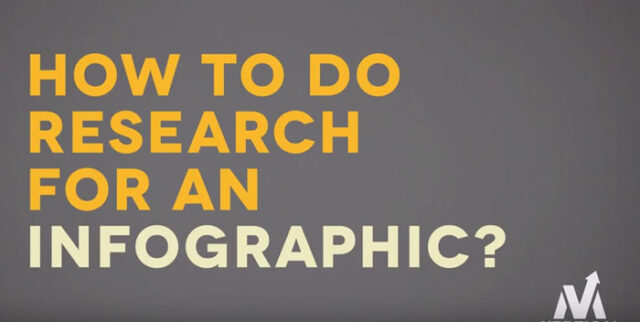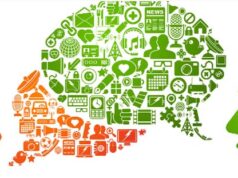
The infographic in 5 steps
First of all, for the infographic you need to have an idea, which will be simple and concise, without too much content that could bit tiring for your readers. Will you succeed with your infographic to answer some questions? When you define what you want your infographic contain, you can start thinking about how to do it.
1. Answer the question, what I want to achieve?
First of all, as well as in the use of any other tools, ask yourself what you want to achieve. Is that something you explain, promote, to remind people of the important distinctive point of your brand / services, to contribute to resolving the crisis, to illustrate the growth of your company, the effect of its management, political program …
The result of this first phase would have to be defined objective of infographic in one sentence!
2. Data research for an infographic
When you know what you want to achieve, begin with research for an infographic which includes: data retrieval, analysis and information that will be of use. It is a process of analysis and research. As part of this process it is important that you:
- are analytical type of person
- are inclined to lateral / creative thinking
- know a lot about the topic, or know where you can find what you don’t know
- it is necessary to distinguish the important from the unimportant!
The result of the second phase would have to be thick drawer / folder with links, documents, analyzes, descriptions, etc. which are related to the topic of infographic, and in relation to its objectives!
3. Deduction
In the third phase you switch the brain in 6th gear! And both hemispheres. You must combine data and information with creative and inspiring elements of your spirit and from the general conclusions you should reach the individual, significant and comparable conclusions, all in order to achieve the goal of infographic!
The result of the third phase is the mapping of the most important group of information, three or four groups of data that you already have slowly visually placed on a sheet of paper: the sheet of paper in your head, in Word or on the real paper.
4. Data Visualization
Here, you devising visual structure of infographic. Where and in what form you will set up its data which is selected through a phase of deduction. Will the data be illustrated by pie charts, funnel, the star; whether the main illustration contain data or you will detach it from the central illustration; what best illustrates different data.
Result of the fourth stage is a clear concept of the structure and partly clear vision of the expected design.
5. Infographic design
Now you have all the answers you can start creating visually part of infographic. If you don’t have idea for design, you can find inspiration on internet, or use some really cool tools for creating infographics. The result of the last, fifth stage, is a clear, interesting and visually appealing, not to mention beautiful, infographics that people will just want to share with their friends!
In the end, the most important is that your infographic is designed with a clear goal, to be simple and clear, without unnecessary details and information, and most importantly to attract attention, which means it must be designed in an interesting and creative way. For more tips on how to do research for an infographic you can check video infographic below:













